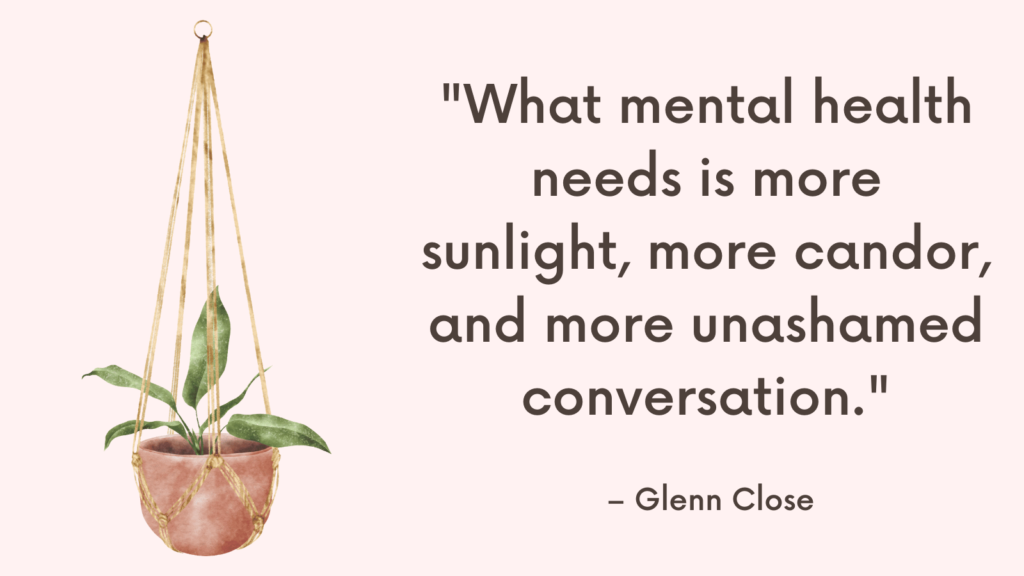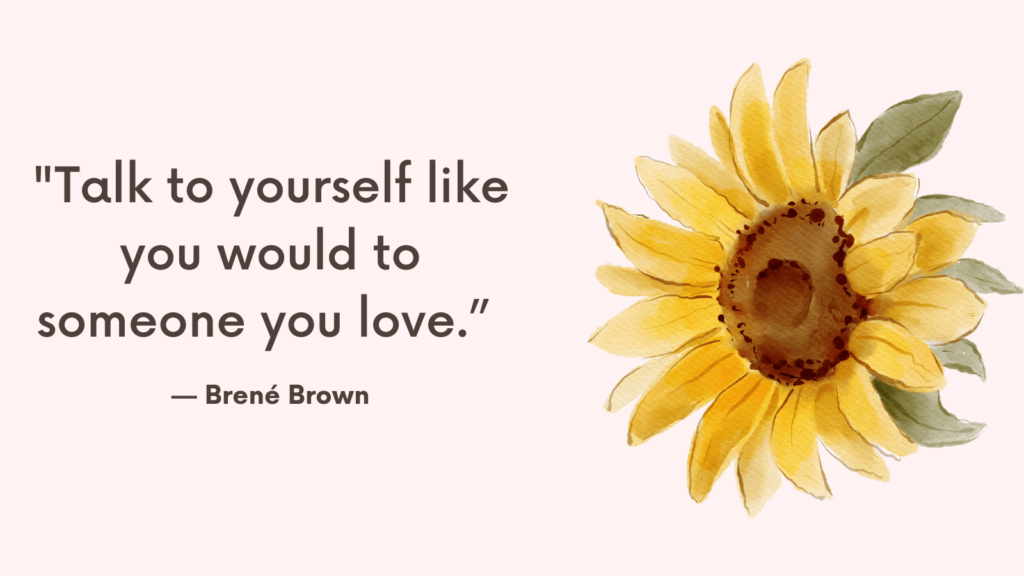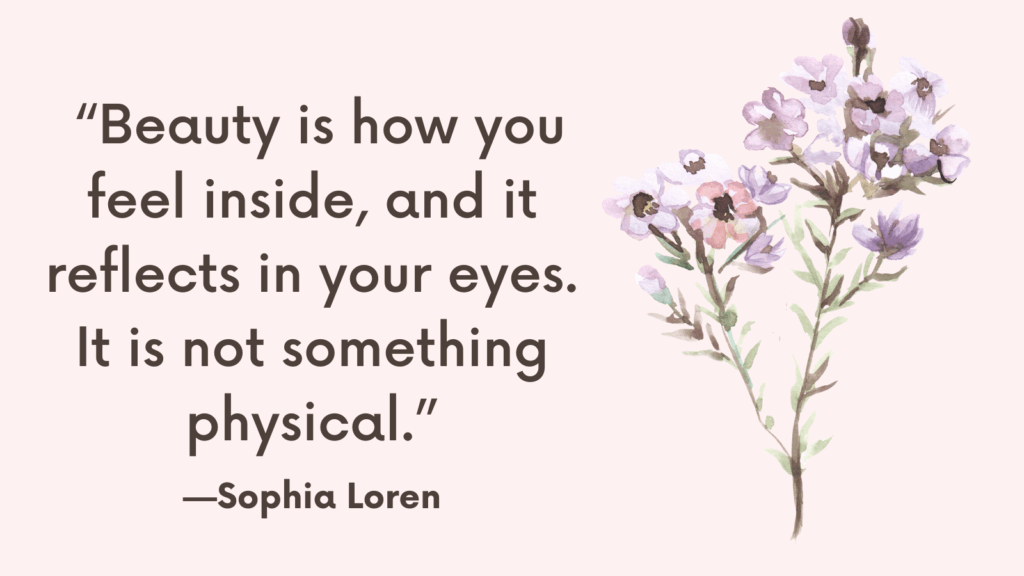This post includes top signs you’re putting up walls to protect yourself as well as helpful tips to break them down.
Top 10 Signs You’re Putting Up Walls to Protect Yourself
1. Emotional Detachment
You find it difficult to express or connect with your emotions, often appearing emotionally distant or detached from others.
This may arise from past hurts or a fear of being vulnerable.
2. Avoidance of Intimacy
You shy away from close relationships and avoid deep emotional connections.
This might manifest as keeping relationships superficial or being hesitant to share personal details about yourself.
3. Fear of Rejection
You have an intense fear of being rejected or abandoned by others.
Consequently, you may push people away preemptively or avoid situations where rejection seems likely.
Related: Am I Emotionally Unavailable Quiz
4. Defensiveness
You are quick to become defensive or guarded when others offer feedback or express criticism.
This defensive stance serves as a protective measure to shield yourself from potential harm.
5. Difficulty Trusting Others
You struggle to trust others, often assuming the worst intentions or fearing betrayal.
This lack of trust may result from past experiences in which trust was broken.
6. Excessive Independence
You rely heavily on self-reliance, finding it challenging to ask for help or rely on others.
This behavior allows you to maintain control and protect yourself from potential disappointment or reliance on others.
Related: How To Stop Being Emotionally Unavailable? Top 7 Strategies
7. Perfectionism
You strive for perfection in various aspects of your life to shield yourself from criticism or failure.
This pursuit of perfection acts as a defense mechanism to avoid being judged or rejected.
8. Emotional Numbness
You experience a dulled or limited range of emotions, suppressing both positive and negative feelings.
This emotional numbness serves as a protective measure to avoid being overwhelmed or hurt by intense emotions.
9. Dismissing Vulnerability
You disregard vulnerability as a weakness and view it as something to be avoided.
This attitude prevents you from allowing yourself to open up and create authentic connections with others.
10. Difficulty Letting Go
You struggle to let go of past hurts or traumas, holding onto resentments or grudges.
This unwillingness to release past pain can be a defense mechanism, protecting you from experiencing similar pain in the future.
Related: Rational Detachment – What Is It and How to Cultivate it

Why Do People Put Up Walls To Protect Themselves?
Here are some common factors that contribute to the development of protective walls:
1. Past Traumatic Experiences
Previous traumatic events, such as abuse, betrayal, or loss, can lead individuals to erect emotional barriers.
These walls serve as a defense mechanism to shield oneself from experiencing similar pain or vulnerability in the future.
2. Fear of Rejection
The fear of being rejected or abandoned by others is a powerful motivator for building protective walls.
This fear can stem from past experiences or deep-rooted insecurities, causing individuals to keep others at a distance to avoid potential hurt or disappointment.
3. Low Self-Esteem
Individuals with low self-esteem may put up walls to protect themselves from negative judgments or criticism.
These walls act as a buffer, shielding them from external opinions that could reinforce their negative self-perception.
Related: Top 18 Self Esteem Exercises (+FREE CBT For Self-Esteem Worksheets PDF)
4. Lack of Trust
A lack of trust in others can contribute to the construction of protective walls.
This distrust may arise from past betrayals or a general skepticism about others’ intentions, leading individuals to create emotional barriers as a means of self-preservation.
5. Emotional Sensitivity
Some individuals are highly sensitive to emotions and may put up walls to protect themselves from becoming overwhelmed.
These walls serve as a way to regulate intense feelings, allowing individuals to maintain a sense of control over their emotional experiences.
6. Learned Behavior
Observing and internalizing protective behaviors from role models or caregivers can also influence an individual’s tendency to put up walls.
If they witnessed others successfully using this defense mechanism, they may adopt it as a means of protection.
7. Cultural and Social Influences
Cultural norms and societal expectations can often discourage vulnerability and encourage self-reliance.
Consequently, individuals may develop walls as a response to these cultural values, believing that being emotionally guarded is necessary for survival or acceptance.
Related: Best 10 Self Esteem Books
8. Coping with Loss
Loss, whether it’s the death of a loved one or the end of a significant relationship, can trigger the construction of protective walls.
These walls may be erected to shield oneself from the pain of grief or to prevent further loss in the future.
How to Break Down Your Emotional Walls?
Here are some steps you can take to begin breaking down your emotional walls:
1. Recognize and Acknowledge Your Walls
The first step is to become aware of the emotional walls you have constructed.
Reflect on the reasons behind these walls and the impact they have on your life and relationships.
Acknowledge that they were once necessary for protection but may now be limiting your growth and connection.
2. Explore Your Past Experiences
Understanding the root causes of your emotional walls is crucial.
Examine any past traumatic experiences or moments of hurt that led to the construction of these barriers.
Engage in self-reflection or seek therapy to gain insights into how these experiences shaped your defenses.
3. Challenge Negative Beliefs
Emotional walls often stem from negative beliefs about oneself or others.
Identify and challenge these beliefs by asking yourself if they are accurate or helpful.
Replace them with more realistic and positive beliefs that promote trust, connection, and self-compassion.
Related: Negative Core Beliefs List (& 8 Tips On How To Challenge Them)
4. Practice Self-Compassion
Be kind and gentle with yourself during this process.
Breaking down emotional walls takes time and courage.
Treat yourself with empathy and understanding, allowing yourself to feel vulnerable without self-judgment.
5. Foster a Supportive Network
Surround yourself with individuals who create a safe and non-judgmental environment.
Seek the company of those who encourage emotional expression, active listening, and empathy.
Building healthy relationships can help reduce the need for walls and allow for authentic connections.
6. Develop Emotional Awareness
Cultivate mindfulness and emotional awareness to better understand your own emotions and triggers.
Practice observing and accepting your feelings without judgment.
This can help you differentiate between healthy boundaries and defensive walls.
Related: 7 Stages of Emotional Healing
7. Take Small Steps towards Vulnerability
Gradually expose yourself to situations that feel slightly uncomfortable but safe enough to express your emotions.
Start by sharing your thoughts and feelings with trusted individuals or participating in activities that allow emotional expression, such as journaling or creative outlets.
8. Practice Active Listening and Empathy
Developing strong interpersonal skills can help you connect with others on a deeper level.
Actively listen to others’ experiences and feelings, putting yourself in their shoes.
Cultivating empathy can foster trust and openness, making it easier for you to let others into your emotional world.
Related: 4 Essential Keys To Effective Communication

Conclusion
It’s important to note that while these protective walls may provide temporary relief, they can also hinder personal growth, healthy relationships, and overall well-being.
Breaking down these walls takes time and effort, but it can be achieved through self-reflection and consciously challenging and replacing unhealthy coping mechanisms with more adaptive strategies.



